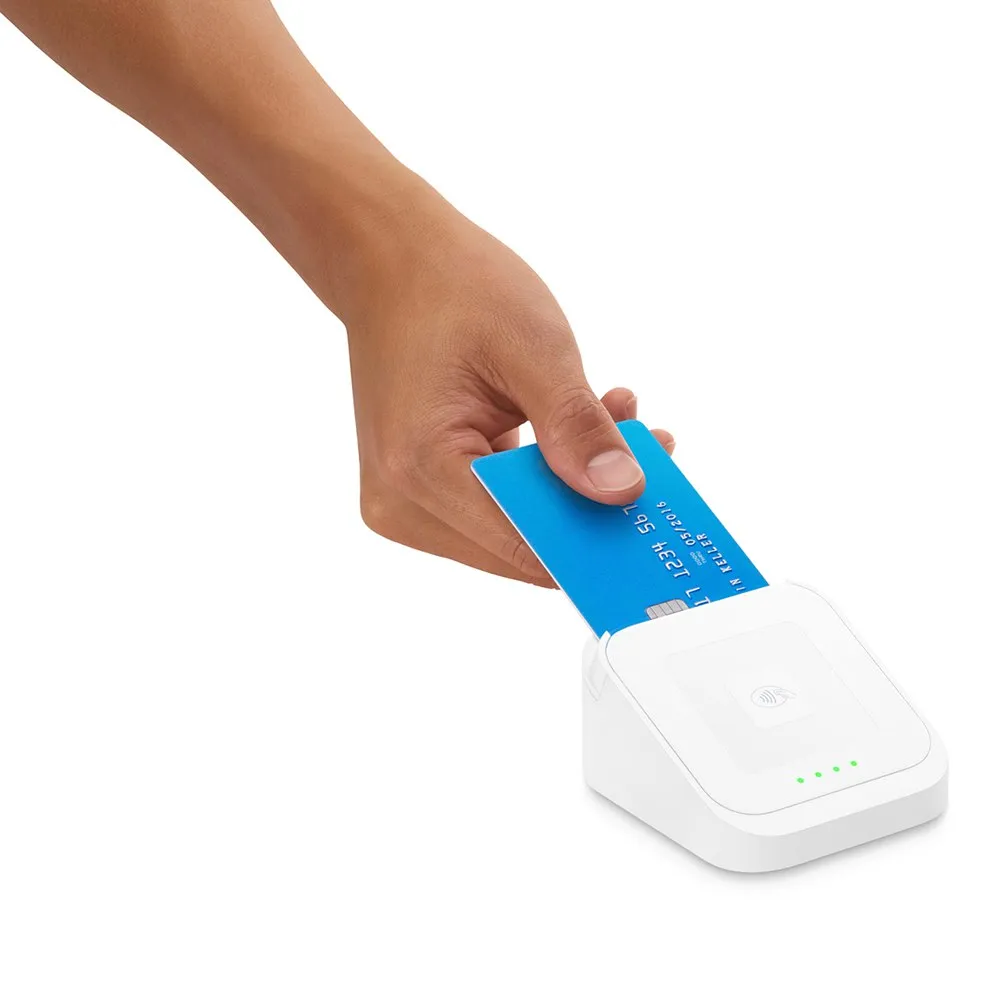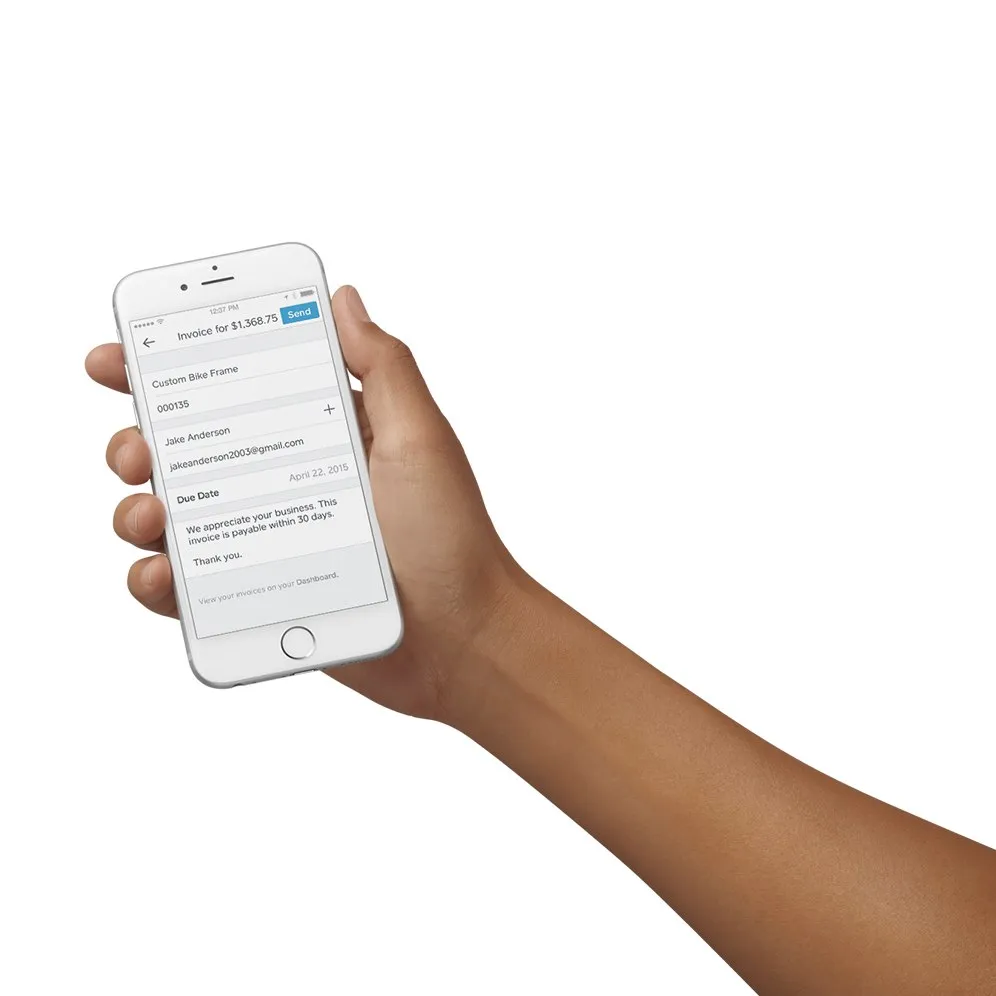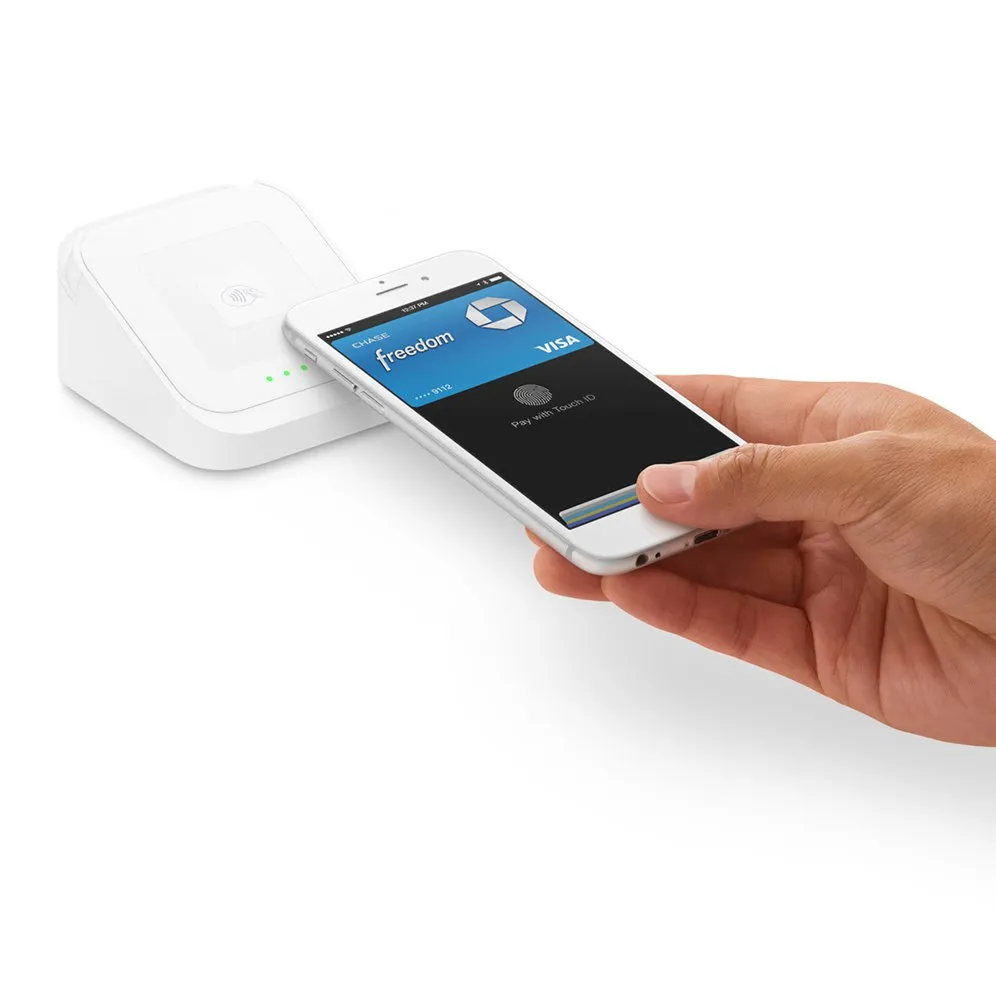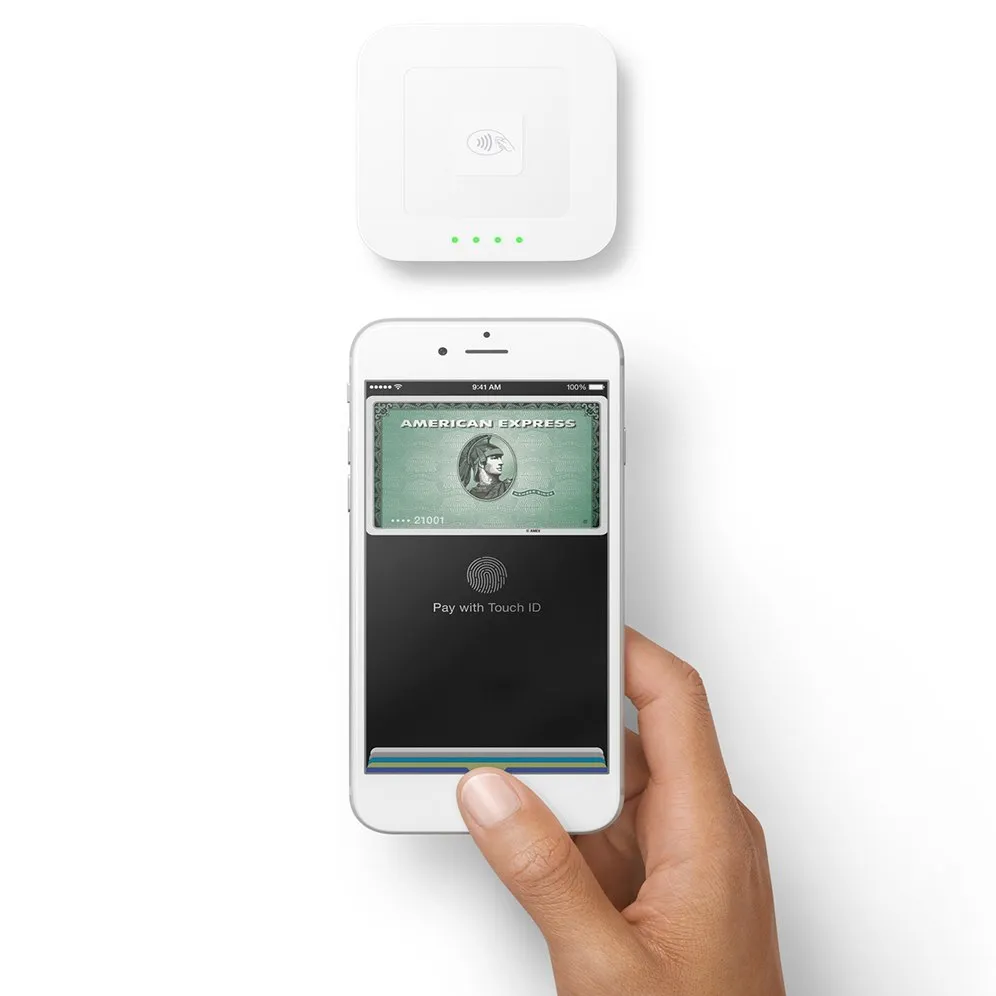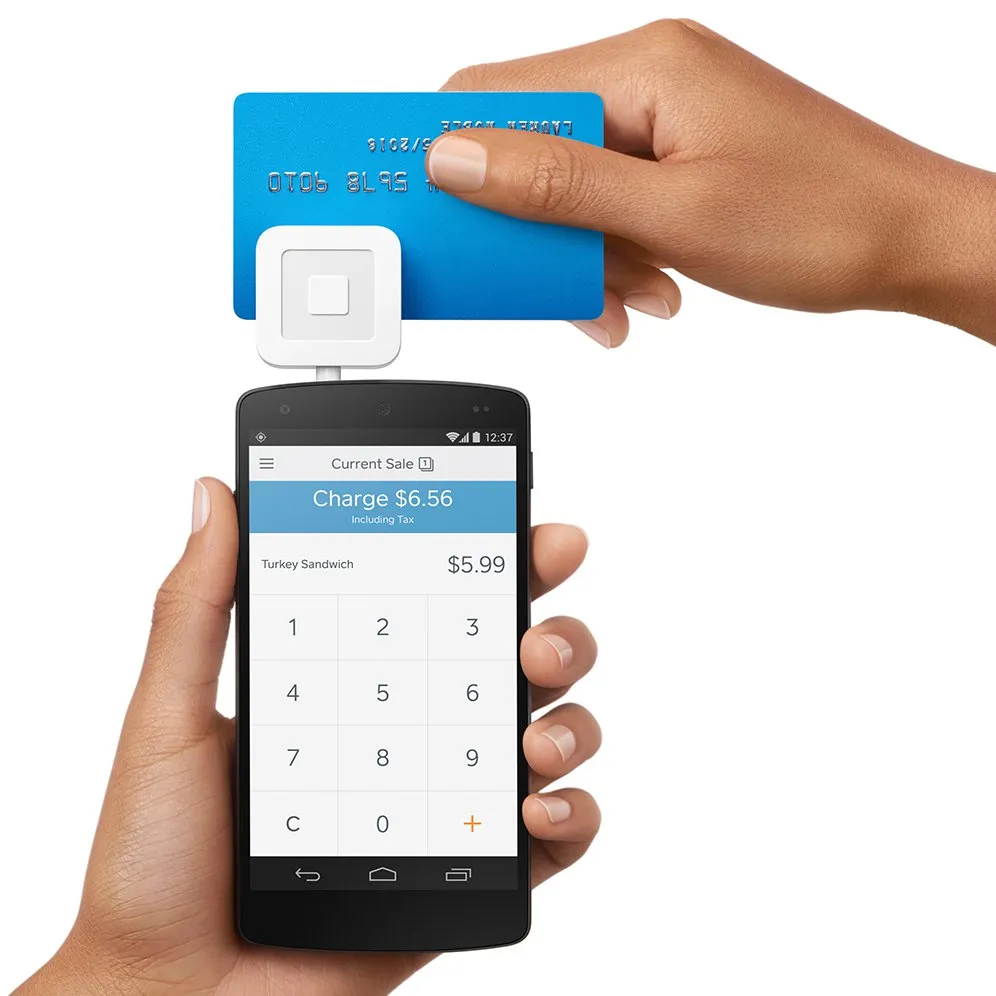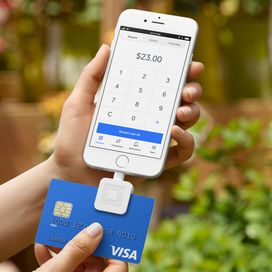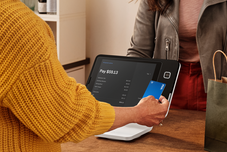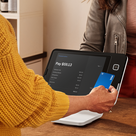Table of contents
If you’re starting a business, you have a lot on your plate. You’re picking a name, choosing a location (or if you’re online, building a site), determining a business structure, obtaining licenses, registering for taxes — the list goes on and on.
But what, perhaps, is the most important thing on your list? Determining how you’re going to get paid.
Whether you’re serving a 12-course tasting menu or designing logos for other companies, taking and processing payments ensures you can continue to do what you love.
From cash to Apple Pay, invoices, or chip readers, there are plenty of options to get paid. You need to determine what kind of payments you are going to accept, how to accept those payments, and how to manage those payments.
Many businesses start out by only accepting cash. It’s easy to manage, there are no processing fees, and you have access to the money right away. But only accepting cash may rule out a whole customer base that no longer uses paper currency, a group which is ever increasing.
More and more consumers are using credit cards and mobile payment methods for even the smallest transactions. In 2016, the value of credit-card transactions surpassed the value of cash transactions globally for the first time, according to the Wall Street Journal. So being able to accept those payments means a better likelihood that your business will grow.
The most traditional form of credit card is a magnetic-stripe card. It’s the one that you swipe. But you can’t just accept magstripe cards; EMV cards, also known as chip cards, are nearly ubiquitous at this point. In February 2017, 84 percent of credit card transactions processed on Square were chip cards.
And then there’s Apple Pay and Android Pay, which use near field communication (NFC), which is quicker and even more secure than EMV.
Don’t get overwhelmed. To help you learn more about the different types of payments that your customers use and how you can find a system to accept them, we’ve pulled together articles about all sorts of payment types. Just click any one of the images above.
If you’d prefer to have someone walk you through your options, check out our Payments 101 webinar to learn more about each type of payment and find the best solution for your business.
Taking payments
Once you have a handle on the payment landscape, you should think about how you actually accept those payments. You’re going to need a payments processor — preferably one that has clear and simple pricing (with no hidden fees!). And you’re going to need the hardware to physically take the payment and the software to help track payments. In other words, you’re going to need a point-of-sale system.
At a basic level, a point-of-sale system includes hardware that allows you to receive credit card payments from customers and software that routes those funds to your bank after each sales.
Let’s be clear, a POS is not the same thing as a cash register. Cash registers are machines that record sales, give change, and store money. Cash registers don’t take credit card payments and require a separate card processor system.
In addition to taking credit card payments, POS systems can include (or integrate with) other types of software that help you run your business, such as inventory management software or payroll. Depending on the system you choose, it may also help you pull sales reports, look at analytics, manage employees, run marketing programs, and much more.
The more you can access all your business’s information from one place, the more time you save — time that you can spend on improving your business, touching base with customers, and more.
You should also determine what other type of software will help you run your business and then find a POS that supports it. Try to future-proof your system so you don’t have to look for a new POS when your business grows. Think about the software you need not only now but also in six months, a year, or two years.
Where to start
So you know what kind of payments you need to take, what you’re looking for in a processor, and the type of hardware and software you need to run your business. Where do you find it?
You have three options when looking for merchant services:
- Banks
- Independent sales organization (ISO)
- A company like Square
In order to evaluate which option works best for your business, you should think about a few things:
- Hardware: What’s the cost of the hardware you need? Do you have to rent or lease the equipment or can you buy it? If it needs repairs, how expensive is that (in terms of time and money)?
- Software and integration: Is your hardware, software, and processor three different systems bundled together? Or are they built to work together as one system?
- Contract and fees: What does the merchant services provider charge fees for? Are the fees easy to see up front?
- Security: Do you have to make sure all your systems are PCI compliant? Or does the provider do it for you?
- Transfers: How fast does the provider transfer money into your bank account? Are there holds put on your cash?
- Ease of setup: Do you need a dedicated employee to look after your systems and your vendors? Or can you manage the system on your own?
Once you’ve chosen a merchant services provider and set up your point of sale, it’s time to start selling. Here are some best practices for growing your business:
- How to Run a Business
- Key Ingredients for Restaurant Management
- Revolutionize Your Salon Marketing Strategy
- How To Run a Cleaning Business
![]()


